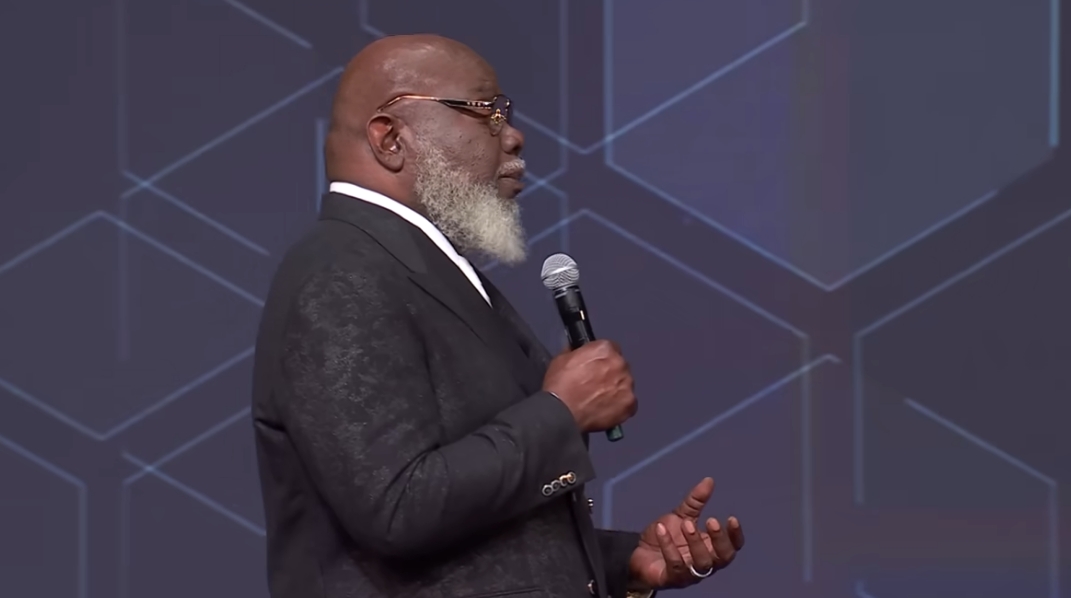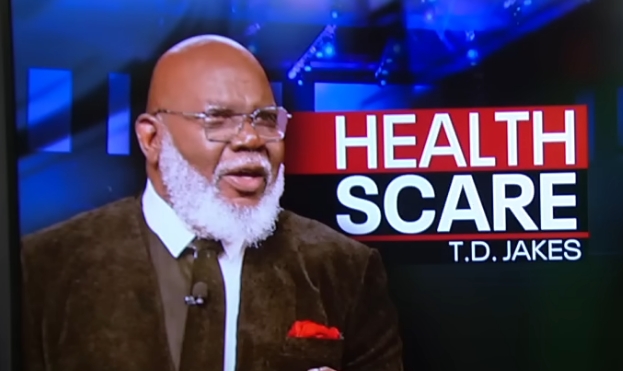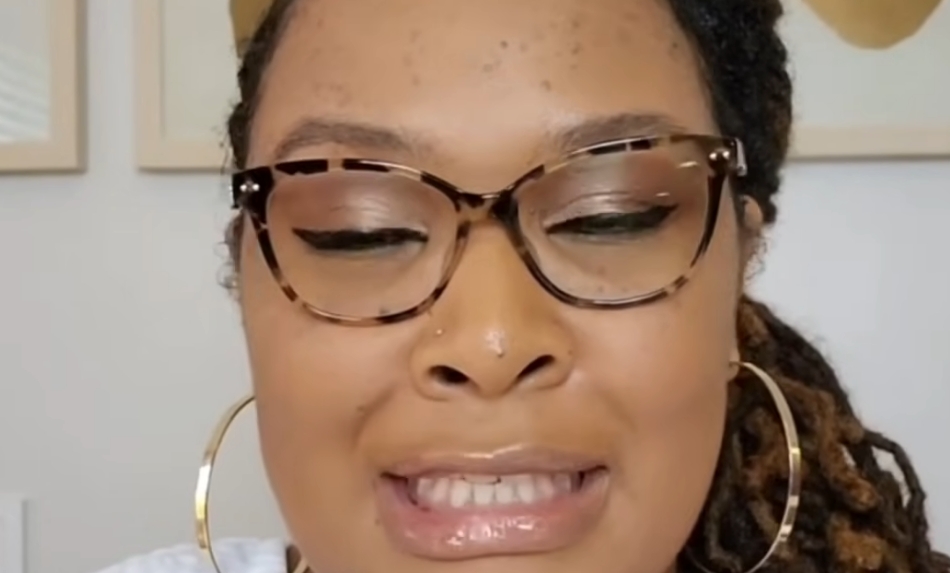The world received heartbreaking news about former talk show host Wendy Williams, as new court documents filed by her legal guardian reveal she is now permanently incapacitated due to ongoing health issues. Wendy, known for her larger-than-life personality and her decades-long career in media, is battling severe health challenges, including dementia and aphasia.
Legal Guardian’s Court Revelations
In the court filings, Wendy’s legal guardian, attorney Sabrina Morisy, described the star’s condition as “permanently incapacitated.” This comes after her diagnosis of aphasia and frontotemporal dementia was disclosed in May of last year. Aphasia affects a person’s ability to communicate, while frontotemporal dementia, a degenerative brain condition, impacts personality, behavior, and language.
Wendy’s Recent Public Sightings
Wendy was last seen in August, photographed by a fan at a holistic store in New Jersey. The image sparked concern among fans, with many noting how frail and disoriented she appeared. This rare public appearance came amidst increasing worry about her health and well-being.
A Life Under the Spotlight
Over the years, Wendy’s personal struggles have been well-documented, often making headlines. She was the subject of a Lifetime documentary that faced criticism for its raw portrayal of her at one of her lowest points. Many viewers felt the film was exploitative, showing Wendy seemingly unaware of her surroundings.
Despite her challenges, Wendy’s contributions to the entertainment industry remain significant. Her show, The Wendy Williams Show, became a cultural phenomenon, loved for its humor, celebrity gossip, and Wendy’s unapologetic honesty.
Health Battles and Privacy
Wendy’s health journey serves as a stark reminder of the unpredictable nature of medical conditions like dementia. Her family and legal representatives have urged for privacy and understanding during this difficult time.
As fans and peers reflect on Wendy’s remarkable career, her current circumstances are a sobering reality of how quickly life can change. Many continue to express their hope and support for Wendy, celebrating her legacy while respecting her need for care and compassion.
This news underscores the importance of raising awareness about dementia and related conditions, offering support to those affected and their families. Wendy Williams’ story is one of resilience, and her fans worldwide continue to hold her in their thoughts.













